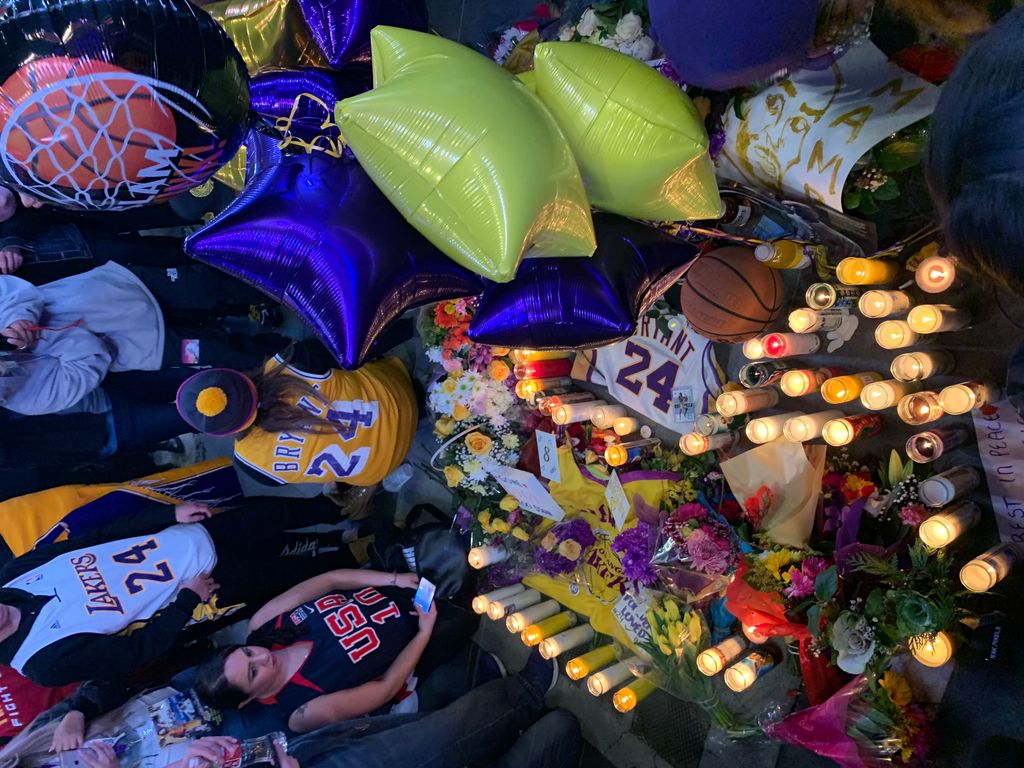
Francis Ford Coppola’s ‘The Godfather’ isn’t just a film; it’s a cultural phenomenon, a monumental achievement in cinematic storytelling that redefined the gangster genre and etched itself into the annals of film history. Regarded as one of the greatest and most influential films ever made, its legacy is undeniable, a testament to a perfect storm of directorial vision, unparalleled performances, and a screenplay steeped in rich narrative. Yet, beneath the polished surface of this masterpiece lies a fascinating, often tumultuous, history of its making, particularly concerning its casting – a veritable battlefield where creative genius clashed with studio pragmatism.
The journey to bring Mario Puzo’s best-selling novel to the big screen was fraught with challenges, none more compelling than the relentless pursuit of the right actors and, indeed, the right director to embody the Corleone saga. Paramount Pictures, holding the rights to the novel before its meteoric rise in popularity, initially struggled to find a captain for their ship, with many prominent filmmakers turning down the opportunity. These early hesitations set a precedent for the intense debates that would characterize the film’s pre-production, especially when it came to filling the iconic roles that would ultimately bring the Corleone family to life.
Today, we pull back the curtain on these legendary casting stories, exploring the fierce negotiations, the surprising contenders, and the sheer audacity it took to assemble the legendary ensemble that cemented ‘The Godfather’s’ place in cinema history. From the director himself to the family patriarch and his conflicted heir, these are the tales of how destiny, persistence, and a touch of Hollywood magic aligned to create an unforgettable cinematic family.
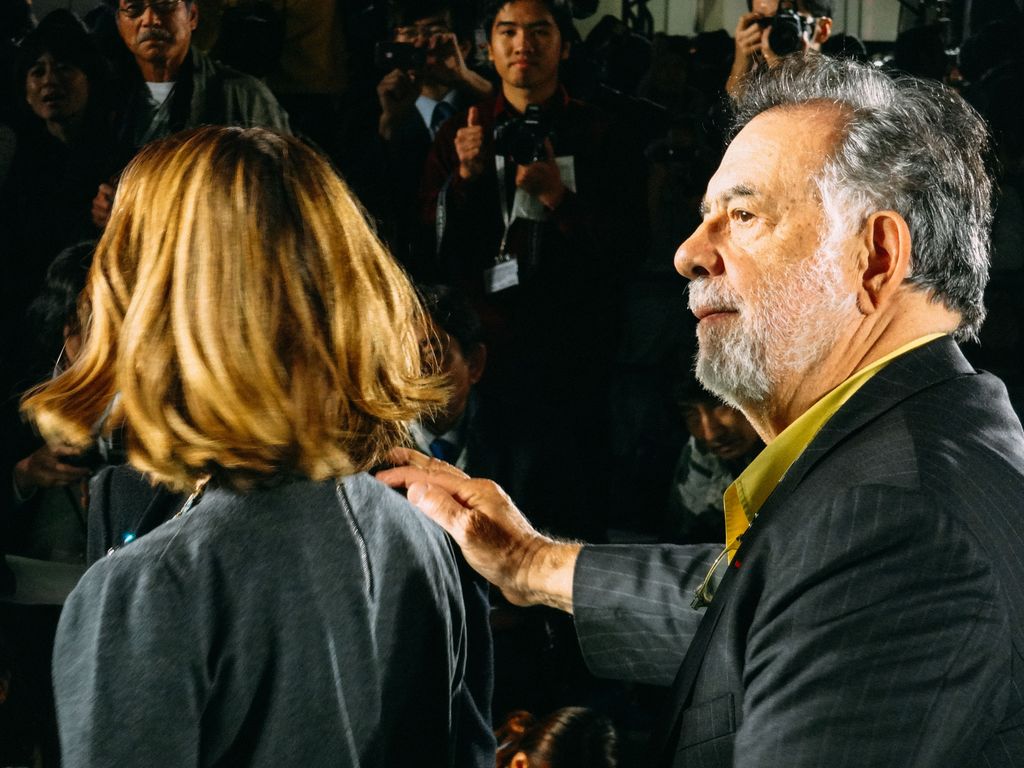
1. **The Visionary at the Helm: Francis Ford Coppola**
The tale of ‘The Godfather’ truly begins with its director, a role that almost went to a host of other cinematic titans before Francis Ford Coppola reluctantly took the reins. Paramount Pictures faced considerable difficulty in securing a director, with their initial choices repeatedly declining the prestigious, yet seemingly problematic, assignment. The studio was determined for the picture to be directed by an Italian American, believing it crucial to make the film “ethnic to the core” after the poor box office performance of their previous gangster film, ‘The Brotherhood,’ which lacked significant Italian descent among its cast or creative personnel.
Sergio Leone was the studio’s first choice, a master of the genre, but he turned down the offer, opting instead to focus on his own gangster epic, ‘Once Upon a Time in America.’ Following Leone, a string of other acclaimed directors, including Peter Bogdanovich, Peter Yates, Richard Brooks, Arthur Penn, Franklin J. Schaffner, Costa-Gavras, and Otto Preminger, were all approached and, one by one, declined the opportunity. Each had their reasons, from disinterest in the mafia genre to prior commitments, leaving Paramount increasingly desperate to find a suitable director.
It was Peter Bart, Evans’ chief assistant, who suggested Francis Ford Coppola. Coppola, an Italian American, seemed a pragmatic choice, especially as he was known to work for a low sum and budget, particularly after the underwhelming performance of his latest film, ‘The Rain People.’ However, Coppola himself initially harbored strong reservations. He found Mario Puzo’s novel “sleazy and sensationalist,” describing it as “pretty cheap stuff,” and was far from enthusiastic about directing it.
Yet, fate, or perhaps financial necessity, intervened. At the time, Coppola’s studio, American Zoetrope, was deeply in debt, owing over $400,000 to Warner Bros. due to budget overruns on ‘THX 1138.’ Coupled with his precarious financial standing and the counsel of friends and family, Coppola ultimately reversed his initial decision and accepted the job. He was officially announced as director on September 28, 1970, agreeing to a salary of $125,000 and six percent of the gross rentals. It was after committing to the project that Coppola began to find a deeper theme, resolving that the film should not merely be about organized crime, but rather a profound “family chronicle, a metaphor for capitalism in America.” This shift in perspective would prove pivotal in transforming a pulpy novel into an enduring cinematic masterpiece.

2. **The Patriarch: Don Vito Corleone, Embodied by Marlon Brando**
The casting of Don Vito Corleone, the formidable patriarch of the Corleone family, stands as one of the most legendary battles in Hollywood history. Author Mario Puzo harbored a singular vision for the role, writing directly to Marlon Brando to declare him the “only actor who can play the Godfather.” Yet, despite Puzo’s fervent wishes, Paramount executives were vehemently against casting Brando, citing his recent string of poorly performing films and his notoriously short temper as significant liabilities.
Brando himself was initially hesitant about returning to acting, but his secretary, Alice Marchak, persuaded him to audition for the role. Coppola, sharing Puzo’s conviction, favored either Brando or Laurence Olivier for the part. However, Olivier’s agent swiftly refused the role, claiming the acclaimed actor was too ill, despite Olivier going on to star in ‘Sleuth’ later that same year. With Brando out of favor with the studio and Olivier unavailable, Paramount’s Robert Evans pushed for alternative choices like Carlo Ponti or Ernest Borgnine. Gulf+Western executive Charles Bluhdorn even proposed Charles Bronson for the iconic role, while other distinguished actors considered included George C. Scott, Richard Conte (who eventually played Don Barzini), Raf Vallone, Anthony Quinn, and Orson Welles. Welles, in particular, met with Puzo, attempting to convince him that he was the right man for the part.
After months of relentless debate between Coppola and Paramount, the decision ultimately came down to Brando and Borgnine. Paramount president Stanley Jaffe, still skeptical, insisted that Brando perform a screen test—a demand Coppola deftly navigated to avoid offending the legendary actor. Coppola, under the guise of needing to test equipment, arranged the screen test at Brando’s California residence. For his improvised portrayal, Brando stuffed cotton balls in his cheeks to alter his appearance, darkened his hair with shoe polish, and rolled his collar, transforming into the iconic Don.
Coppola strategically placed Brando’s audition tape amidst other hopefuls for the Paramount executives to view. The executives, despite their initial resistance, were undeniably impressed with Brando’s efforts and his compelling screen presence. They agreed to allow Coppola to cast him, but under strict conditions: Brando had to accept a significantly lower salary and put up a bond to guarantee he would not cause any delays in production. Ultimately, Brando’s performance would earn him an Academy Award, and he would later secure $1.6 million from a net participation deal, cementing his legacy in a role he was almost denied. Indeed, Brando’s loyalty to Coppola during production was so strong that he threatened to quit if the director was fired, a testament to their crucial collaboration.
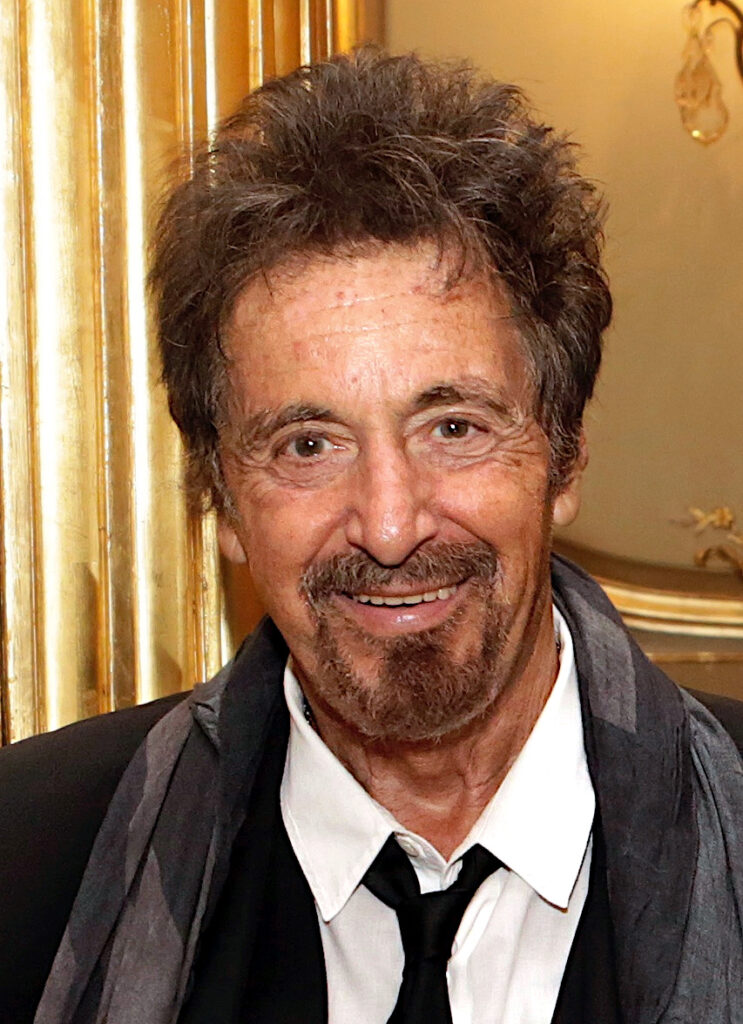
3. **The Reluctant Successor: Michael Corleone, Personified by Al Pacino**
The casting of Michael Corleone, the war hero who reluctantly steps into his family’s criminal empire, was another deeply contentious decision, extending almost to the very start of filming. Paramount executives, seeking a bankable star, wanted a popular actor for the pivotal role, suggesting names like Warren Beatty, Alain Delon, or Robert Redford. Producer Robert Evans was particularly drawn to French actor Alain Delon, one of Europe’s biggest symbols at the time, who was reportedly eager to play Michael and even carried a copy of ‘The Godfather’ novel. However, Delon’s smooth, polished image simply didn’t align with the intense, brooding character that Coppola envisioned for Michael.
Following Delon, Evans then turned his attention to Ryan O’Neal, capitalizing on his recent success in ‘Love Story.’ Yet, Francis Ford Coppola had a singular, unwavering choice: Al Pacino. Coppola could vividly picture Pacino “roaming the Sicilian countryside” and was determined to cast an unknown actor who genuinely “looked like an Italian-American.” Paramount executives, however, were not convinced, finding Pacino “too short” to portray the formidable future Don. The resistance was so strong that many other actors auditioned for the role, including Dustin Hoffman, Martin Sheen, Dean Stockwell, and even James Caan, who was initially considered for Michael before being cast as Sonny.
Burt Reynolds was also offered the role of Michael, but the formidable Marlon Brando, already cast as Vito, threatened to quit if Reynolds was hired, leading Reynolds to decline the part. Jack Nicholson, another prominent actor, also declined, stating he felt an Italian-American actor should play the role, echoing Coppola’s own convictions. Amidst these rejections and studio demands, James Caan was initially well-received by Paramount executives and actually given the part of Michael, while the role of Sonny Corleone was awarded to Carmine Caridi.
Coppola, however, persisted in his vision for Pacino. He urged producers Al Ruddy and Robert Evans to watch Pacino in ‘Panic in Needle Park,’ a film that finally swayed their opinion. After seeing his performance, they relented, giving Pacino the part of Michael, but only on the condition that Caan would play Sonny. Evans preferred Caan over Caridi for Sonny because Caan was seven inches shorter than Caridi, a height difference that would create a more believable family dynamic with Pacino. Despite agreeing to the role, Pacino himself struggled to envision himself as Michael Corleone, seeing the character as someone more glamorous and self-contained, “someone more like Alain Delon.” He faced difficulties in early screen tests, often forgetting lines and improvising dialogue. Nevertheless, Pacino embraced the challenge, and after a settlement with MGM (as he was contracted to star in ‘The Gang That Couldn’t Shoot Straight’), he was signed by Paramount just three weeks before filming began, setting the stage for one of cinema’s most iconic transformations.
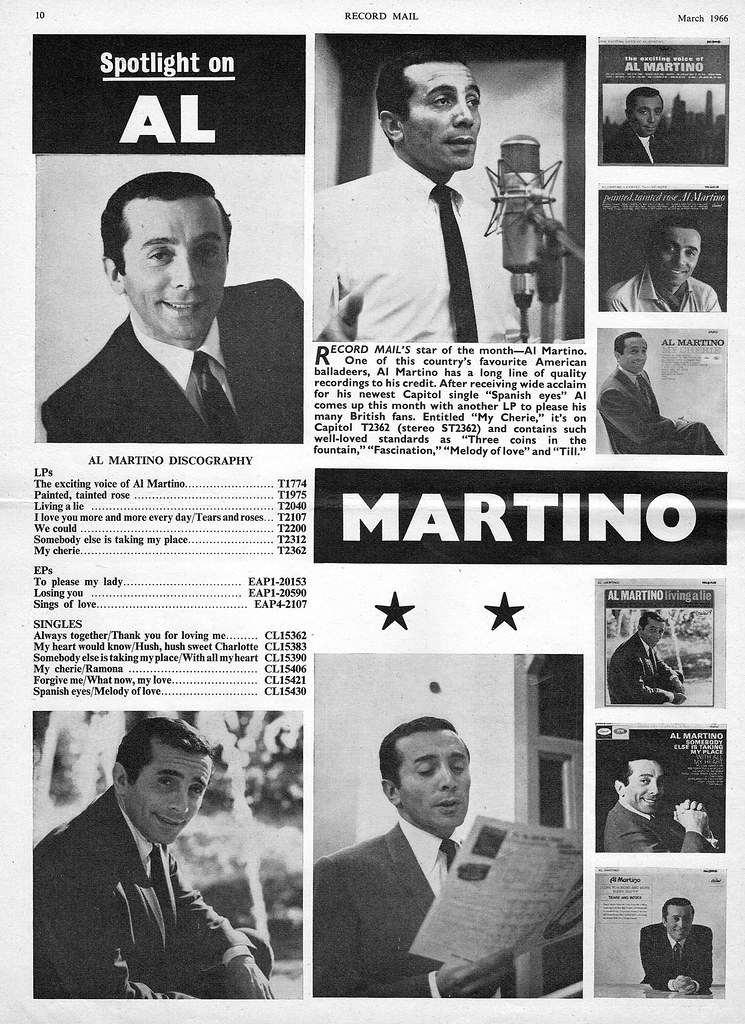
4. **The Crooner’s Comeback: Johnny Fontane, Played by Al Martino
The role of Johnny Fontane, Vito Corleone’s godson and a popular singer seeking a film role, carried its own unique behind-the-scenes drama, deeply entwined with real-world mob connections and Hollywood power struggles. It was a friend who first notified Al Martino, a then-famed nightclub singer, of the character in Mario Puzo’s novel, feeling that Martino embodied the essence of Johnny Fontane. Martino, eager for the part, contacted producer Albert S. Ruddy, who initially gave him the role.
However, Martino’s casting was far from secure. Once Francis Ford Coppola was brought on as director, he immediately stripped Martino of the part, opting instead to award the role to another singer, Vic Damone. This decision ignited a furious reaction from Martino, who, according to his account, sought assistance from his real-life godfather, Russell Bufalino, a known crime boss. This intervention allegedly led to news articles being published, claiming that Coppola was unaware of Ruddy’s initial decision to cast Martino, suggesting a deliberate undermining of the director’s authority.
The pressure mounted, and Vic Damone, caught in the crossfire, eventually dropped out of the role. His reasons were clear: he reportedly did not want to provoke the mob, and the offered salary was deemed too low. The path was clearing for Martino, but not without another significant hurdle. Frank Sinatra, a legendary singer often rumored to be the real-life inspiration for the Johnny Fontane character, allegedly threatened to bar Martino from performing in Las Vegas if he took the role. Despite this formidable opposition, the part of Johnny Fontane was ultimately, and finally, given back to Al Martino, bringing a real-world echo to the film’s narrative of influence and power.
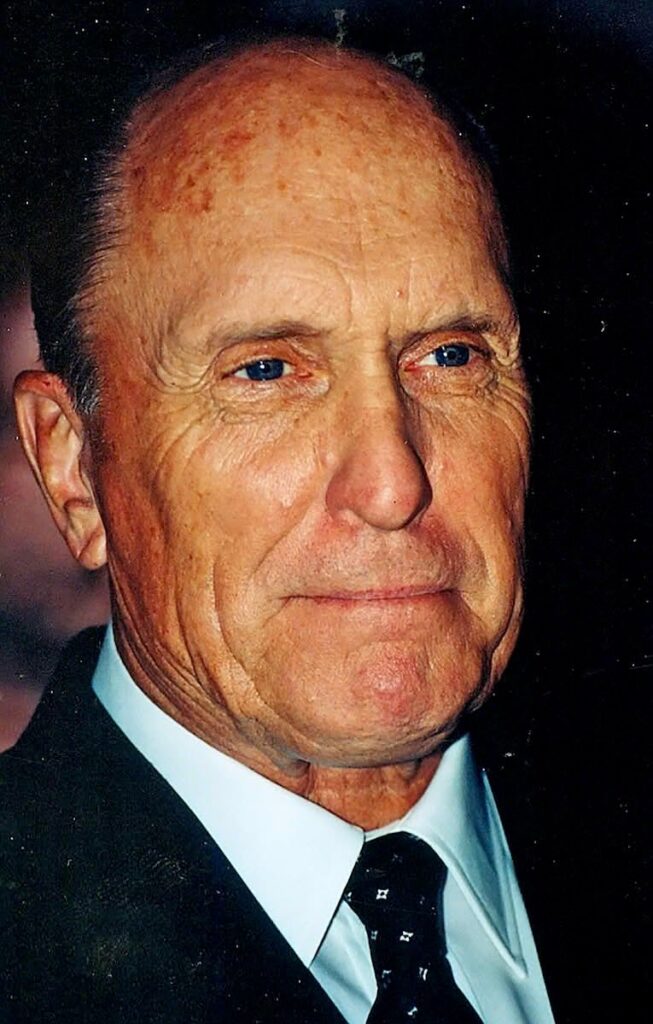
5. **The Loyal Consigliere: Tom Hagen, Portrayed by Robert Duvall**
In contrast to the tumultuous sagas surrounding Vito and Michael, the casting of Tom Hagen, the Corleone consigliere, lawyer, and unofficial adopted member of the family, was remarkably straightforward. From the very outset of production, Francis Ford Coppola had a clear and unwavering choice for the role: Robert Duvall. Coppola’s conviction about Duvall’s suitability for Hagen was so strong that it largely bypassed the intense debates and executive pushback seen with other key characters.
While the text indicates that Coppola did undertake “screen testing several other actors,” this process appears to have been more of a formality rather than a genuine search for alternatives. Coppola’s consistent preference for Duvall ultimately prevailed without significant studio resistance. This smooth casting process for such a central character is a testament to Coppola’s early vision for Duvall’s portrayal of the calm, calculating, and intensely loyal family lawyer. Duvall’s understated yet powerful performance would become a cornerstone of the film’s ensemble, a quiet strength amidst the Corleone family’s volatile world, solidifying Coppola’s initial intuition.
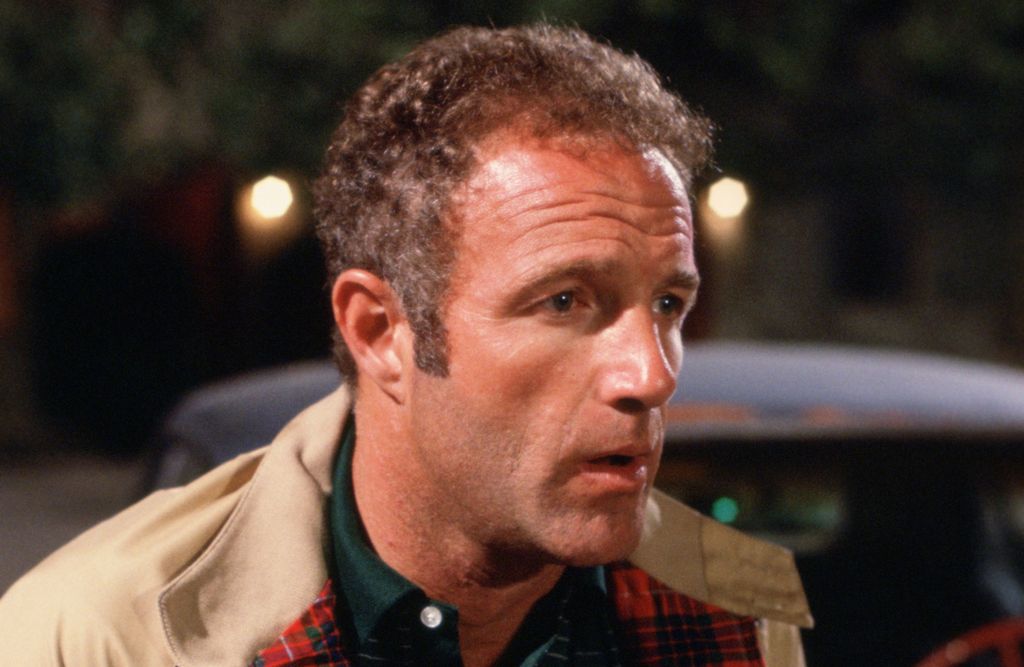
6. **The Fiery Eldest Son: Sonny Corleone, Played by James Caan**
The casting journey of Sonny Corleone, Vito’s hot-headed and impulsive eldest son, is intrinsically linked to the protracted search for Michael Corleone. Initially, James Caan was not considered for Sonny at all; in a surprising turn of events, he was actually given the part of Michael Corleone when the studio was pushing for a more established star. Concurrently, the role of Sonny Corleone was awarded to Carmine Caridi, setting up a different family dynamic than what audiences would ultimately see.
However, Coppola’s relentless fight for Al Pacino to play Michael eventually succeeded. With Pacino finally secured for Michael, the casting of Sonny needed to be re-evaluated. Producer Robert Evans played a crucial role in this realignment. He preferred Caan over Caridi for the role of Sonny, and a key reason for this preference was practical: Caan was seven inches shorter than Caridi. This height difference was deemed much closer to Pacino’s stature, creating a more believable and visually harmonious sibling relationship on screen. The shift meant that Caan, originally destined to be the conflicted hero, embraced the role of the explosive, loyal, and ultimately tragic elder brother.
Caan’s casting as Sonny proved to be inspired, delivering a raw, aggressive performance that perfectly contrasted with Pacino’s quiet intensity as Michael. His portrayal of Sonny’s volatile temper, his fierce loyalty, and his ultimate demise at the toll booth remains one of the film’s most memorable and impactful character arcs, demonstrating how the intricate dance of casting, even with initial missteps, can lead to cinematic perfection.
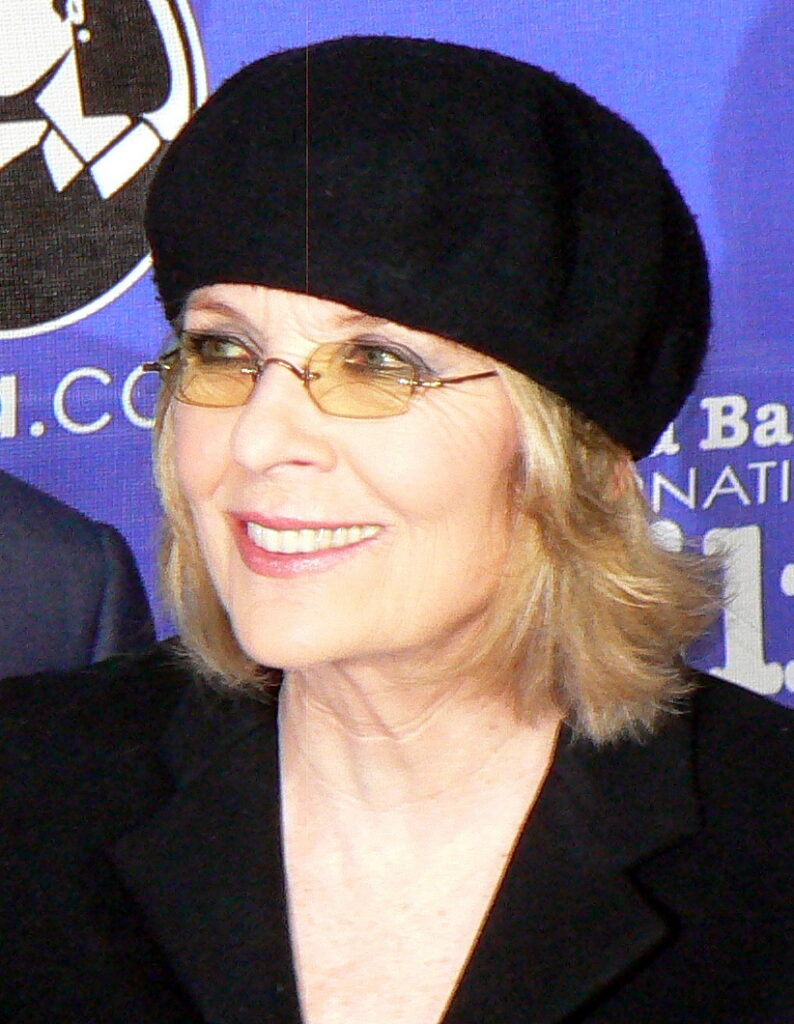
7. **The Enduring Witness: Kay Adams, Portrayed by Diane Keaton**
Transitioning from the central figures who defined the Corleone empire, we now turn our gaze to the essential supporting characters, beginning with Kay Adams, Michael’s girlfriend and later his second wife. Her casting was pivotal, representing the innocent outsider who gradually becomes enmeshed in the family’s dark world. Francis Ford Coppola’s choice of Diane Keaton for this nuanced role was deeply rooted in the actress’s unique qualities, specifically “owing to her reputation for being eccentric.” This distinctive trait likely appealed to Coppola’s vision, suggesting an actress capable of conveying both vulnerability and a quiet strength, an individual not easily categorized or contained.
What makes Keaton’s journey to the role even more fascinating is her initial unfamiliarity with the source material. “Prior to auditioning, Keaton never read the book,” a surprising admission for an actress stepping into such a significant film. Yet, her commitment quickly followed, as she “decided to read it after she was cast,” diving into Mario Puzo’s world to prepare for the complexities of Kay. This dedication speaks volumes about her professional approach and her desire to fully embody the character, despite her initial lack of exposure to the novel’s universe.
Her casting process also intersects with other pivotal roles in the film. Keaton’s screen tests included reading alongside James Caan and Martin Sheen, both of whom were among the many actors considered for the role of Michael Corleone. These interactions highlight the extensive and collaborative nature of ‘The Godfather’s’ casting, where even the readings for one character could inform decisions for another. Ultimately, Keaton’s unique screen presence and her ability to portray Kay’s evolving emotional landscape secured her place in cinematic history, creating a character who serves as the audience’s moral compass and witness to Michael’s transformation.
Kay’s arc within the film is deeply tragic, as she observes Michael’s gradual descent into ruthlessness. She begins as a symbol of Michael’s potential for a life outside the family business, a beacon of normalcy. However, as Michael assumes his destiny, Kay’s hopes for a conventional life are systematically dismantled, culminating in her heartbreaking realization of the true depths of his commitment to the Corleone way. Keaton’s portrayal captures this transition with exquisite subtlety, making Kay an unforgettable figure in the sprawling family saga.
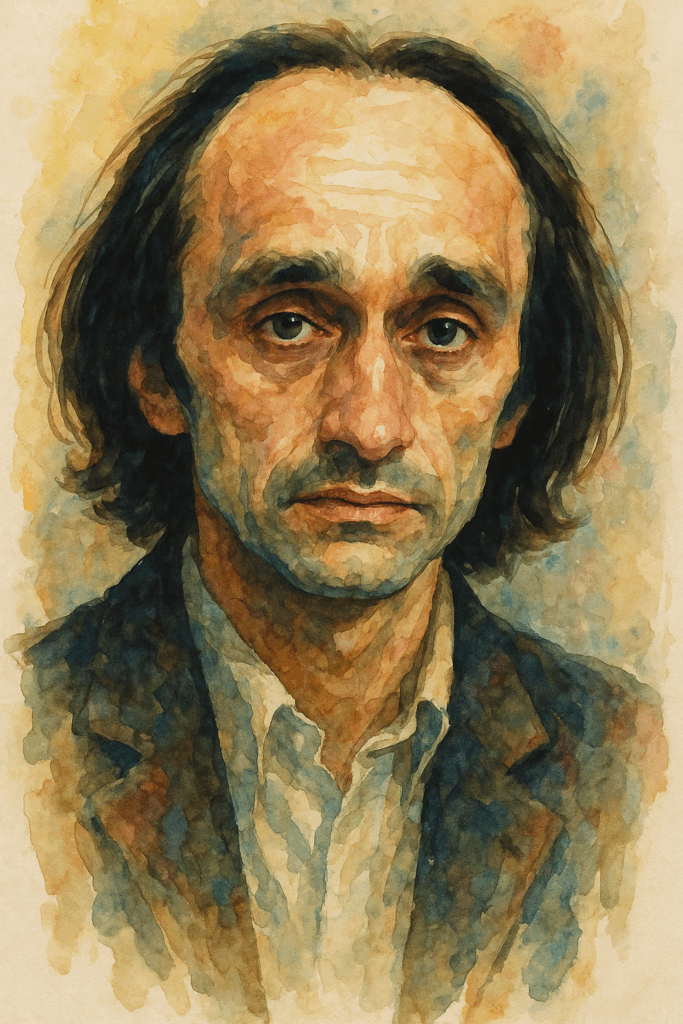
8. **The Fated Weak Link: Fredo Corleone, Portrayed by John Cazale**
Moving deeper into the Corleone family’s internal dynamics, we encounter Fredo, the middle son, whose inherent vulnerability and tragic fate resonate powerfully throughout the narrative. The casting of John Cazale as Fredo Corleone is a testament to Francis Ford Coppola’s discerning eye for theatrical talent. Cazale, a gifted stage actor, secured the role “after Coppola saw him perform in an Off Broadway production.” This highlights Coppola’s willingness to look beyond established Hollywood names and tap into the vibrant New York theater scene, seeking out actors who possessed raw, authentic talent for his vision.
Fredo’s character is undeniably the most poignant symbol of the family’s internal struggles and the heavy burden of the Corleone name. Unlike his brothers, Sonny and Michael, Fredo lacks the leadership acumen, the cunning, or the inherent brutality required for the family business. He is depicted as weaker and less capable, often overshadowed and underestimated, an uncomfortable truth recognized by Vito himself, who understands that Fredo is “not suited to lead” the family. This inherent unsuitability sets the stage for his difficult journey.
His narrative sees him dispatched to Las Vegas for his protection, a stark contrast to Michael’s calculated exile in Sicily. While there, Fredo finds himself under the influence of Jewish mobster Moe Greene, a relationship that later brings him into direct conflict with Michael. When Michael travels to Las Vegas to consolidate the family’s casino interests, he “reprimands Fredo for defending Greene, whom Barzini had turned against the family.” This moment underscores Fredo’s tragic inability to navigate the treacherous world of the Five Families, his misplaced loyalty further isolating him within his own kin.
Cazale’s portrayal of Fredo is a masterclass in understated pathos. He imbues the character with a palpable sense of anxiety, inadequacy, and a yearning for respect that he never quite achieves. The quiet desperation in his eyes, the slight tremble in his voice, all contribute to a portrayal that makes Fredo a deeply sympathetic, albeit ultimately flawed and fated, figure. His performance elevates Fredo beyond a mere supporting role, making him an indelible part of ‘The Godfather’s’ emotional core.
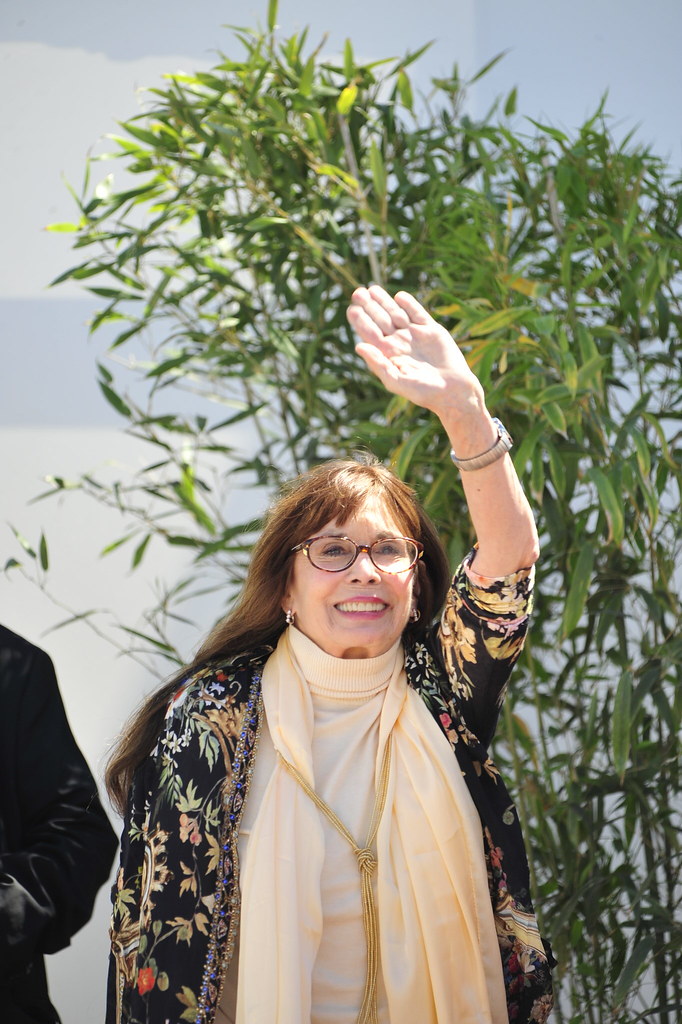
9. **The Heart of the Family Drama: Connie Corleone, Portrayed by Talia Shire**
Next, we examine the casting of Connie Corleone, Vito’s only daughter, whose wedding famously opens the film and sets the stage for the family’s intricate world. In a heartwarming instance of familial collaboration within the production, Francis Ford Coppola “gave his sister, Talia Shire, the role of Connie Corleone.” This personal connection added an authentic layer to the family dynamics portrayed on screen, grounding the Corleones in a sense of genuine kinship.
Connie’s narrative is central to illustrating the complex interplay between family loyalty, domestic strife, and the brutal realities of the mafia world. Her marriage to Carlo Rizzi, which serves as the grand prelude to the film’s unfolding drama, quickly devolves into abuse. The film vividly portrays her suffering at Carlo’s hands, leading to “Sonny publicly attacks and threatens Carlo for physically abusing Connie.” This familial retaliation underscores the Corleone code of honor and protection, even amidst the violence and crime that define their existence.
One particular scene involving Connie highlights the creative pressures faced during production. Paramount executives, eager for the film to appeal to a wide audience and perhaps inject more excitement, pushed Coppola for increased violent scenes. As a direct response to this, “the scene in which Connie smashes crockery after finding out Carlo has been cheating was added for this reason.” This addition not only provided the desired dramatic tension but also further illuminated Connie’s desperate plight and emotional turmoil within her troubled marriage.
Later in the film, Connie takes center stage in a powerful confrontation with Michael, accusing him of his involvement in Carlo’s death. This emotionally charged scene, witnessed by Kay, showcases Connie’s fierce loyalty to her husband, despite his abuse and betrayal, and her visceral grief. Talia Shire’s portrayal brings a raw, passionate intensity to Connie, making her a compelling figure who embodies the personal cost of the Corleone family’s power. Her journey from hopeful bride to distraught widow and angry sister makes her one of the story’s most emotionally resonant characters.
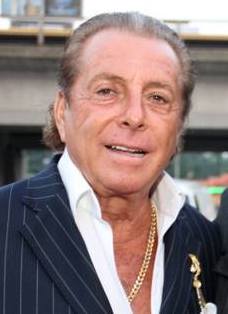
10. **The Treacherous Brother-in-Law: Carlo Rizzi, Portrayed by Gianni Russo**
As we delve deeper into the intricate web of betrayals and alliances that define ‘The Godfather,’ the character of Carlo Rizzi emerges as a pivotal, albeit despicable, figure. Gianni Russo’s casting as Carlo, Connie’s abusive husband, came about through a direct and visceral demonstration of his acting prowess. Russo secured the role “after he was asked to perform a screen test in which he acted out the fight between Rizzi and Connie.” This raw, unscripted display of aggression and emotion clearly convinced Francis Ford Coppola and the casting team of his suitability to portray the character’s volatile nature.
Carlo’s role in the Corleone saga is defined by his profound disloyalty and his tragic consequences. His marriage to Connie is marked by brutal domestic abuse, which not only fuels Sonny’s explosive temper but also ignites a fatal chain of events. When Carlo “thrashes a pregnant Connie again, Sonny speeds to their home but is ambushed and murdered by gangsters at a highway toll booth.” This act of violence directly triggers the assassination of the hot-headed eldest son, irrevocably altering the family’s trajectory and setting Michael on his path to become the ruthless Don.
The layers of Carlo’s betrayal are further peeled back towards the film’s climax. After Vito’s death and the consolidation of Michael’s power, Michael strategically confronts Carlo. Through a chilling display of cunning and intimidation, Michael “extracts Carlo’s confession that he had conspired with Barzini on Sonny’s assassination.” This confession is a crucial turning point, confirming the long-suspected internal treachery and allowing Michael to consolidate his power through brutal, calculated vengeance. It’s a moment that seals Carlo’s fate and highlights Michael’s terrifying transformation.
Despite Michael’s initial assurance that Carlo would merely be “exiled, not murdered,” the justice of the Corleone family is swift and absolute. Clemenza, the loyal caporegime, “strangles Carlo in a car shortly afterwards,” executing Michael’s final, unspoken command. Russo’s portrayal captures the calculating cowardice and ultimate terror of Carlo, making his character a stark reminder of the deadly consequences of betraying the Corleone family and serving as a chilling instrument for Michael’s ascent to undisputed power.
And so concludes our unparalleled journey through the labyrinthine casting halls of ‘The Godfather,’ a film whose legend is as much about the battles fought off-screen as the drama unfolded on it. From Coppola’s fierce struggles to secure his vision to the relentless pursuit of actors who could embody Puzo’s unforgettable characters, each casting decision was a high-stakes gamble, a testament to persistence, conviction, and a sprinkle of cinematic magic. The stories behind these roles, filled with near misses, surprising turns, and steadfast belief, collectively form a rich tapestry that underscores the sheer artistry and determined spirit required to bring such an enduring masterpiece to life. This exhaustive behind-the-scenes look offers a renewed appreciation for the iconic faces that became synonymous with the Corleone family, reminding us that sometimes, the greatest roles are found amidst the most intense creative skirmishes.


